Virtual Reality (VR) and Augmented Reality (AR) are no longer concepts confined to science fiction; they’re quickly becoming integral tools in our daily lives, transforming the way we work, learn, and play. Both VR and AR harness advanced technology to create immersive, interactive experiences, but they do so in unique ways. VR transports users into fully simulated environments, enabling them to explore and interact within a computer-generated world. Meanwhile, AR overlays digital elements onto the real world, enhancing our physical surroundings with additional layers of information and interaction.
Over the past few years, VR and AR have gained traction in a wide array of fields. From education to healthcare, entertainment to retail, these technologies are enhancing experiences and creating new opportunities for learning, connection, and engagement. They offer tools for hands-on training in industries like medicine and engineering, create new avenues for personalized marketing, and bring entertainment to a whole new level with fully immersive games and interactive storytelling. As these technologies continue to evolve, their potential applications seem limitless.
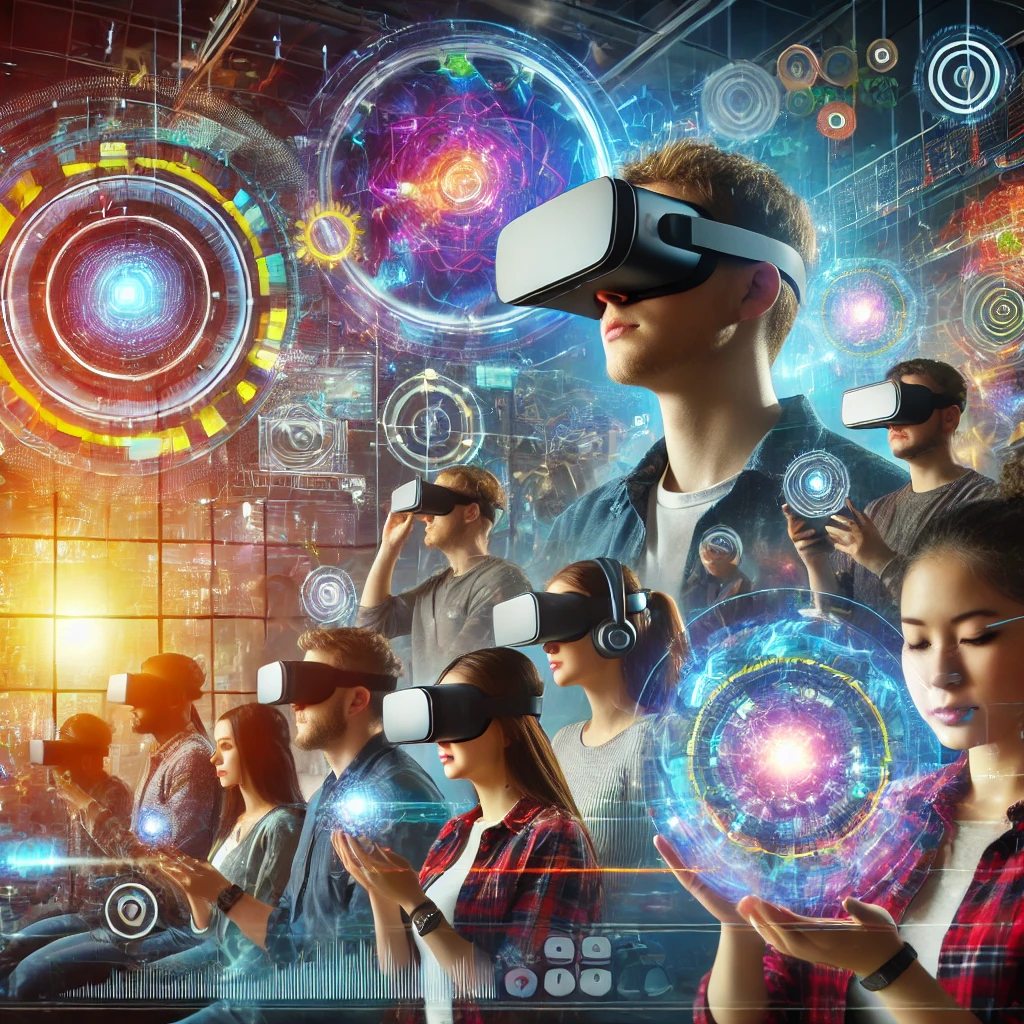
To gain a deeper understanding of each, check out our foundational guides:
These articles will help you understand the core principles of VR and AR, setting the stage for exploring their top benefits for new users.
Benefit #1: Immersive Experiences
One of the standout benefits of VR and AR is their ability to provide fully immersive experiences. Unlike traditional media, which only engages your senses to a limited extent, VR and AR bring you directly into the action, creating a sense of “presence” that feels incredibly real. Imagine walking through an ancient historical site, diving into the deep ocean, or navigating a complex virtual landscape—all without ever leaving your home. This level of immersion opens up endless possibilities for exploration, learning, and connection.
Practical Use
Immersive experiences are powerful tools for various applications:
- Virtual Travel: Explore new cities, landmarks, and cultural sites virtually, broadening your horizons without the physical travel costs.
- Gaming: VR and AR create more engaging, lifelike gaming experiences, where you are not just playing a game but are fully inside it.
- Education: Students can explore science labs, art galleries, or historical events in VR, making learning much more interactive and memorable.
Interlinking
To see how VR is impacting learning specifically, you can explore these articles:
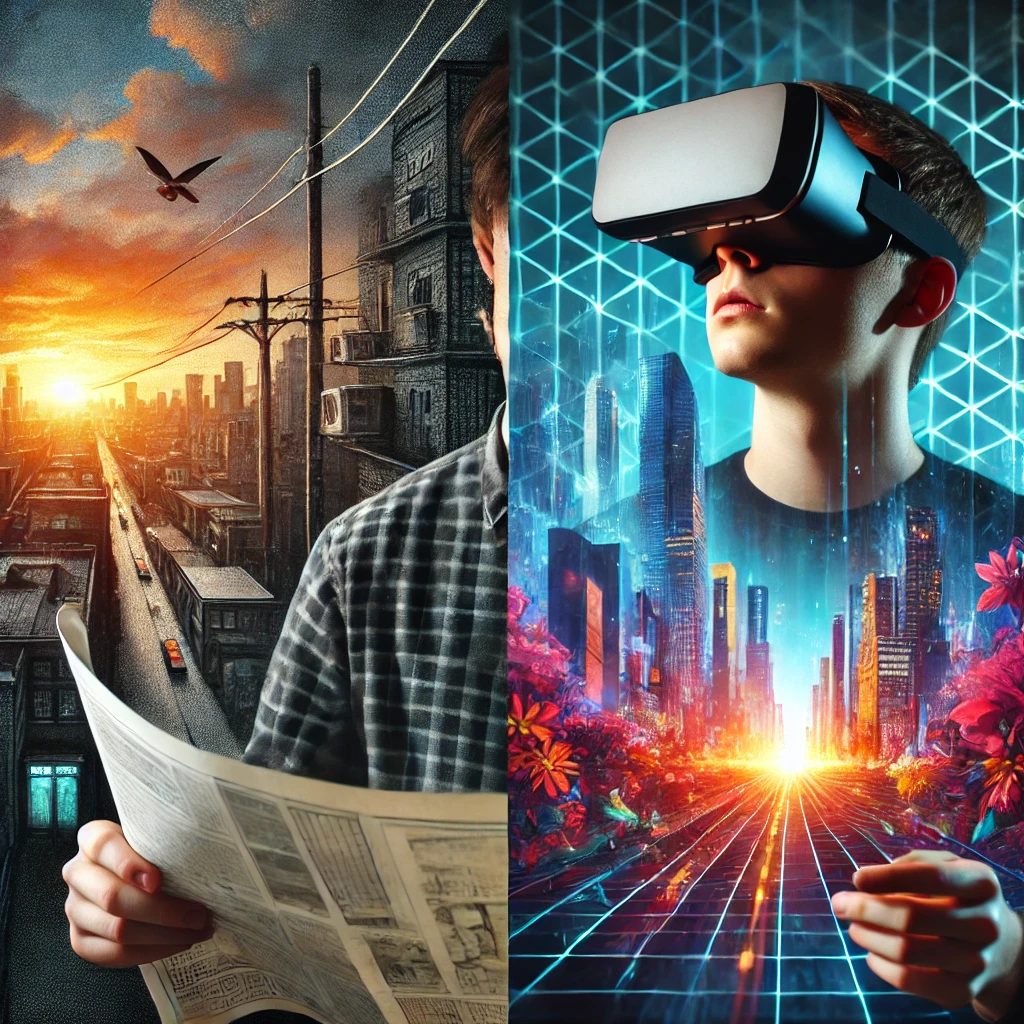
Benefit #2: Enhanced Learning and Training Opportunities
One of the most promising applications of VR and AR is in education and training. These technologies go beyond traditional teaching methods by providing interactive, hands-on experiences that improve engagement and retention. With VR and AR, learners aren’t just absorbing information—they’re actively participating in environments that simulate real-life scenarios, enabling them to practice and refine their skills in a safe, controlled setting.
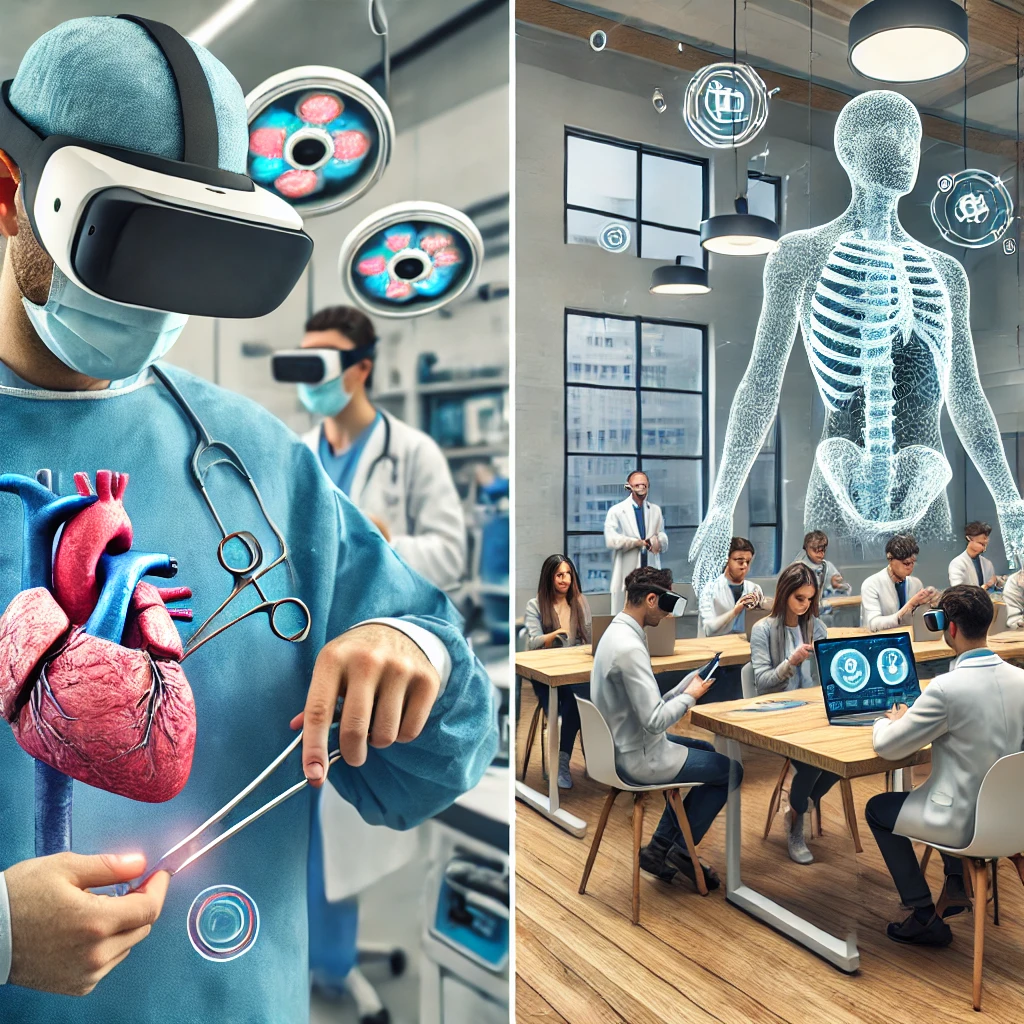
Industry Examples
- Healthcare: Medical students can practice surgeries in a virtual environment, allowing them to make mistakes and learn without risk to actual patients.
- Aviation: Pilots can train on VR flight simulators, experiencing different scenarios and emergencies they might encounter mid-flight.
- Engineering: Engineers can use VR to explore and manipulate complex machinery, understanding every detail without needing physical access.
By creating realistic simulations, VR and AR offer a level of experiential learning that conventional methods can’t match. This “learning by doing” approach leads to better comprehension and prepares learners for real-world applications.
Interlinking
For more in-depth insights into educational applications of VR and AR, check out these articles:
Benefit #3: Improved Accessibility for Remote Collaboration
VR and AR have revolutionized the way we collaborate, especially in remote settings. With these technologies, distance is no longer a barrier to productive teamwork. VR can create virtual meeting spaces where team members feel as if they’re in the same room, while AR can provide context-sensitive information overlays during video calls or collaborative tasks. This enhanced accessibility makes it easier for people to work together, even if they’re thousands of miles apart.
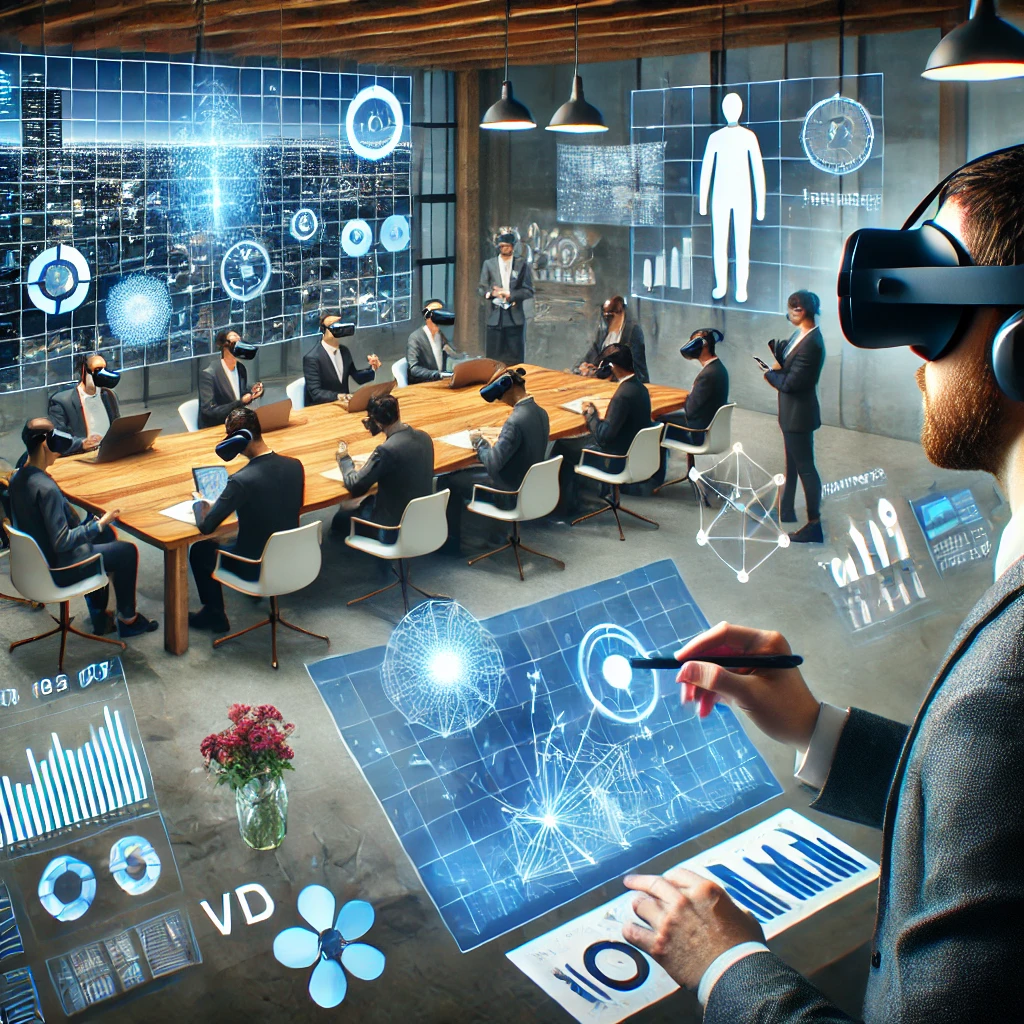
Example Applications
- Virtual Meetings: Team members can “meet” in a virtual conference room, interact with 3D models, and brainstorm together in an immersive environment.
- Project Collaboration: Architects, engineers, and designers can collaboratively view and modify 3D models in real time, adding layers of detail that wouldn’t be possible in a traditional video call.
- Remote Assistance: AR allows experts to provide remote guidance by overlaying instructions or annotations directly on a worker’s view, making it easier to troubleshoot and solve problems on the spot.
This new way of working opens up possibilities for industries ranging from product design to healthcare, where professionals can consult with peers or offer expert advice remotely.
Interlinking
For more on how VR and AR are transforming collaborative workspaces, see:
Benefit #4: Increased User Engagement in Marketing and Retail
VR and AR are redefining customer experiences in marketing and retail by offering more personalized and interactive shopping journeys. With VR and AR, brands can go beyond traditional advertising methods and create experiences that truly engage customers, fostering stronger emotional connections and making the shopping experience more memorable.
Examples in Marketing and Retail
- Virtual Try-Ons: Retailers in the fashion and cosmetics industries are using AR to let customers try on clothes, accessories, and makeup virtually, helping them make more confident purchasing decisions.
- Product Visualization: Furniture stores, for example, use AR to allow customers to visualize how items would look in their homes, offering a realistic and engaging way to see products in a real-world context.
- Experiential Marketing: Brands create VR experiences that let customers explore products in a unique setting, such as walking through a virtual showroom or trying out a product in a simulated environment.
These immersive experiences make shopping more engaging and help customers feel more connected to the brand, often leading to increased satisfaction and sales.
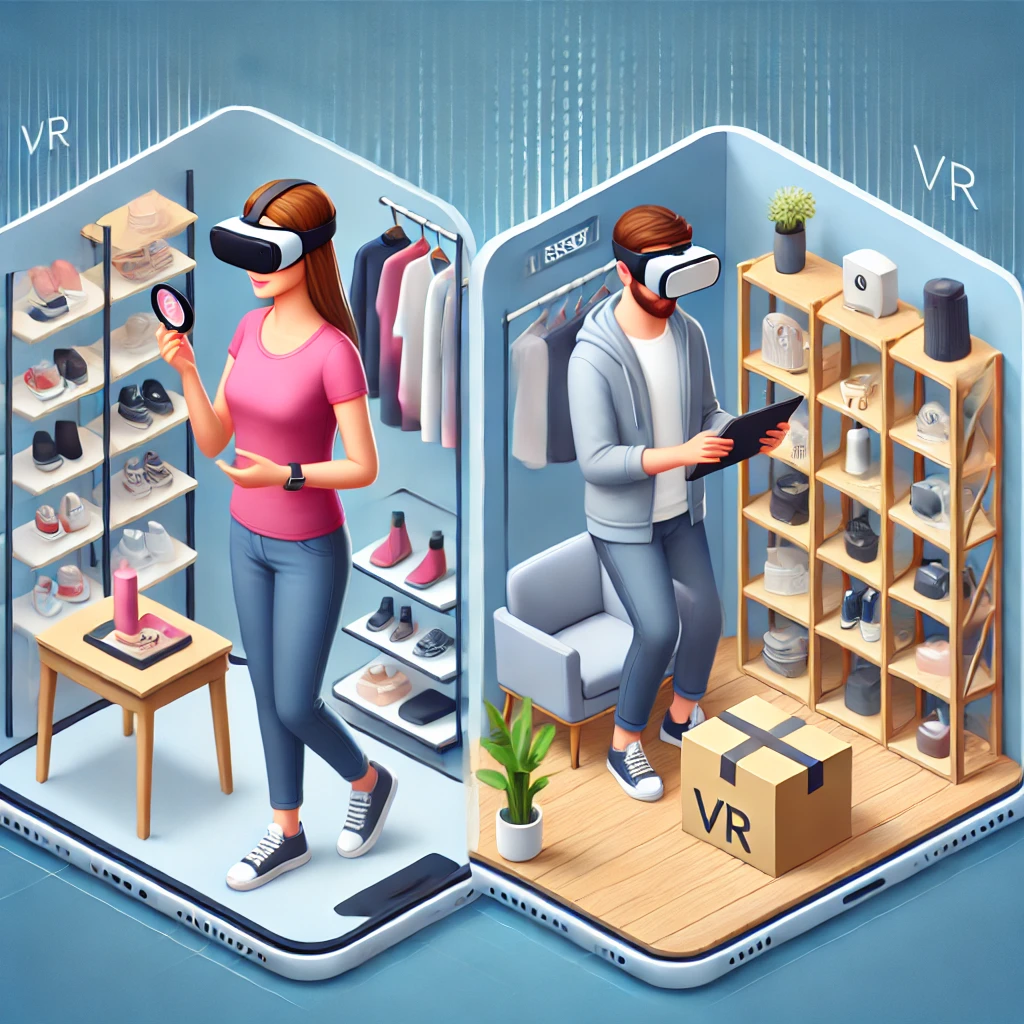
Interlinking
To learn more about current trends and the future of VR and AR in marketing, check out:
Benefit #5: Entertainment and Recreation
In the world of entertainment, VR and AR have opened up new possibilities for immersive, interactive experiences that go far beyond traditional media. From lifelike gaming environments to 3D movies, VR and AR enhance engagement by making users feel as if they are part of the action. These technologies have transformed how we experience entertainment, creating an entirely new level of involvement and excitement.
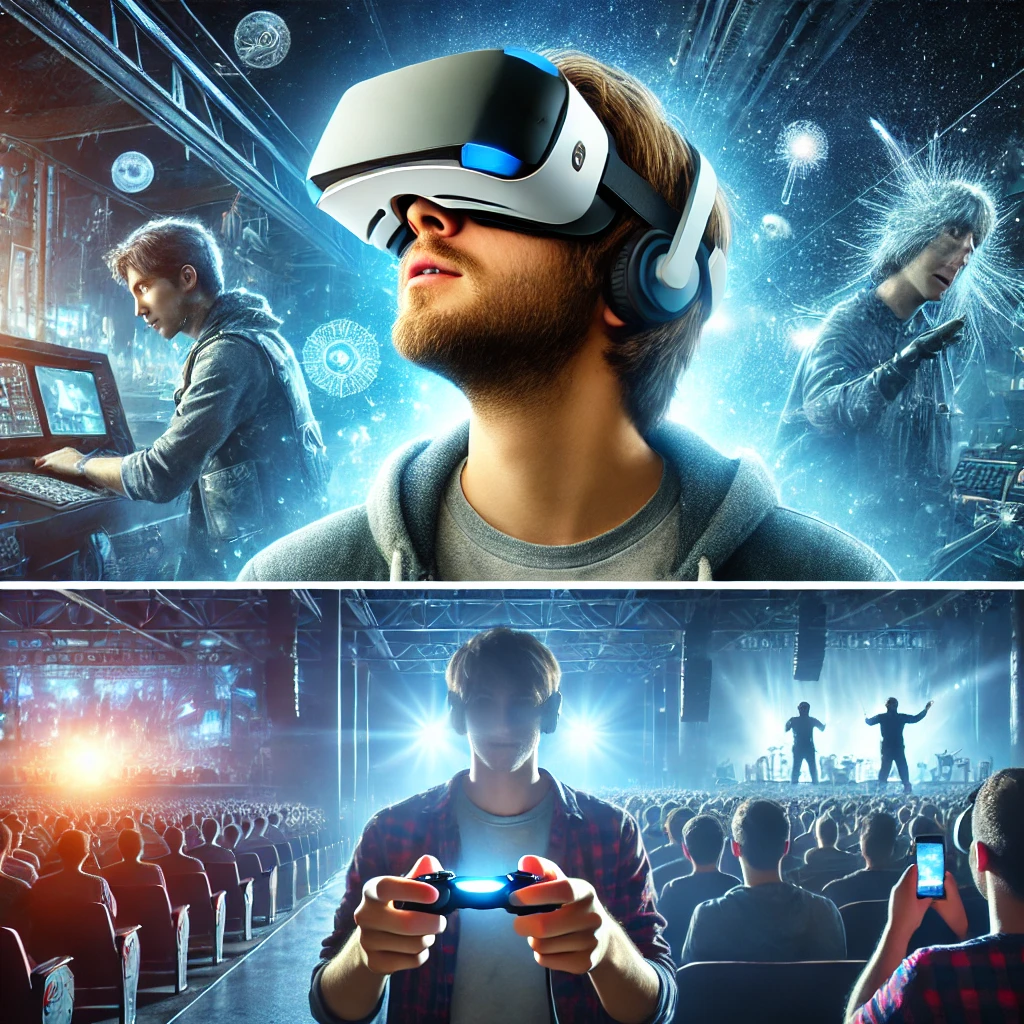
Examples in Entertainment and Recreation
- Gaming: VR gaming allows players to enter fully immersive worlds, where they can interact with characters, objects, and settings as if they were real. This level of immersion creates an unparalleled gaming experience.
- Live Events: VR can bring users into concerts, sports events, or live performances, making them feel like they’re actually there, even if they’re on the other side of the world.
- Interactive Movies and Storytelling: Viewers can become part of the story in VR films, where they have the freedom to look around and experience the narrative from a unique perspective.
These applications of VR and AR in entertainment offer an unparalleled level of immersion and emotional engagement, making it an exciting time to be a fan of games, movies, and live events.
Interlinking
For readers interested in the immersive capabilities of VR, refer them to:
VR and AR are transforming our world by making experiences more immersive, interactive, and accessible. From education to entertainment, these technologies offer users a unique way to connect with information, products, and even other people. By bridging the gap between the virtual and real worlds, VR and AR have opened doors to endless possibilities and have made learning, shopping, collaboration, and recreation more engaging than ever.
As a new user, the benefits of VR and AR are at your fingertips, ready to enhance your personal and professional life. Whether you’re stepping into a virtual world to explore, learn, or simply have fun, these technologies offer a powerful way to experience the future.
If you’re inspired to start your VR or AR journey, check out our guide to find the right equipment:

Scott Chatterton is a renowned VR and AR expert, passionate about exploring the latest advancements in immersive technology. With a strong background in both virtual and augmented reality, Scott shares his insights as a blogger and trainer, helping readers and learners alike understand the transformative potential of these technologies. Known for his in-depth analyses and hands-on tutorials, Scott’s content is a go-to resource for anyone looking to stay at the forefront of the VR/AR world.